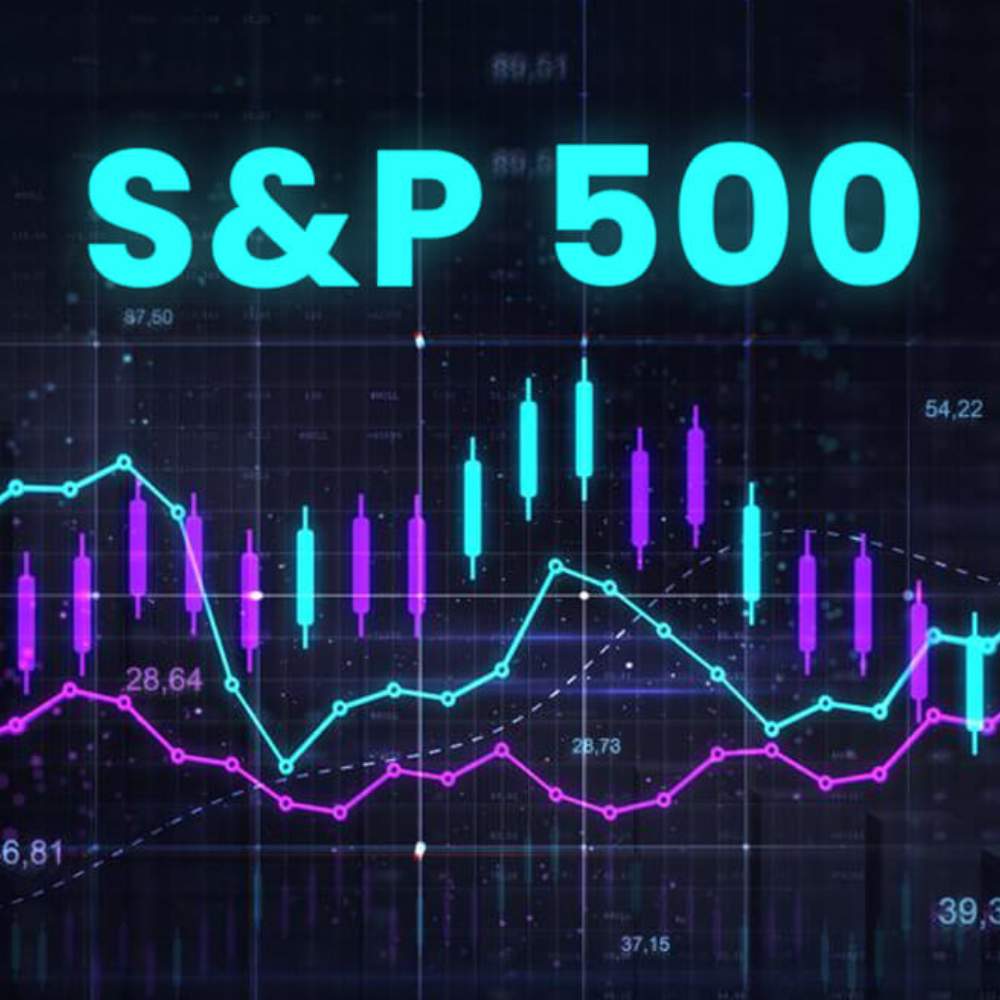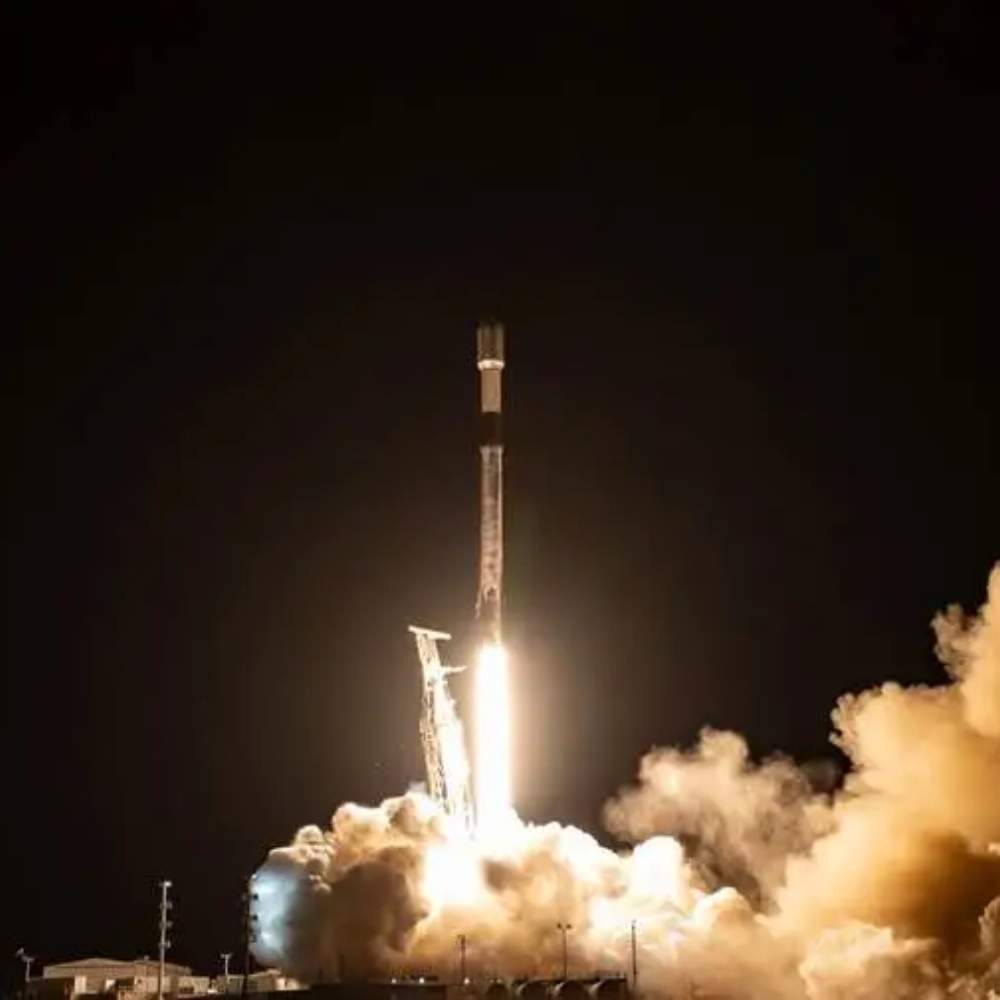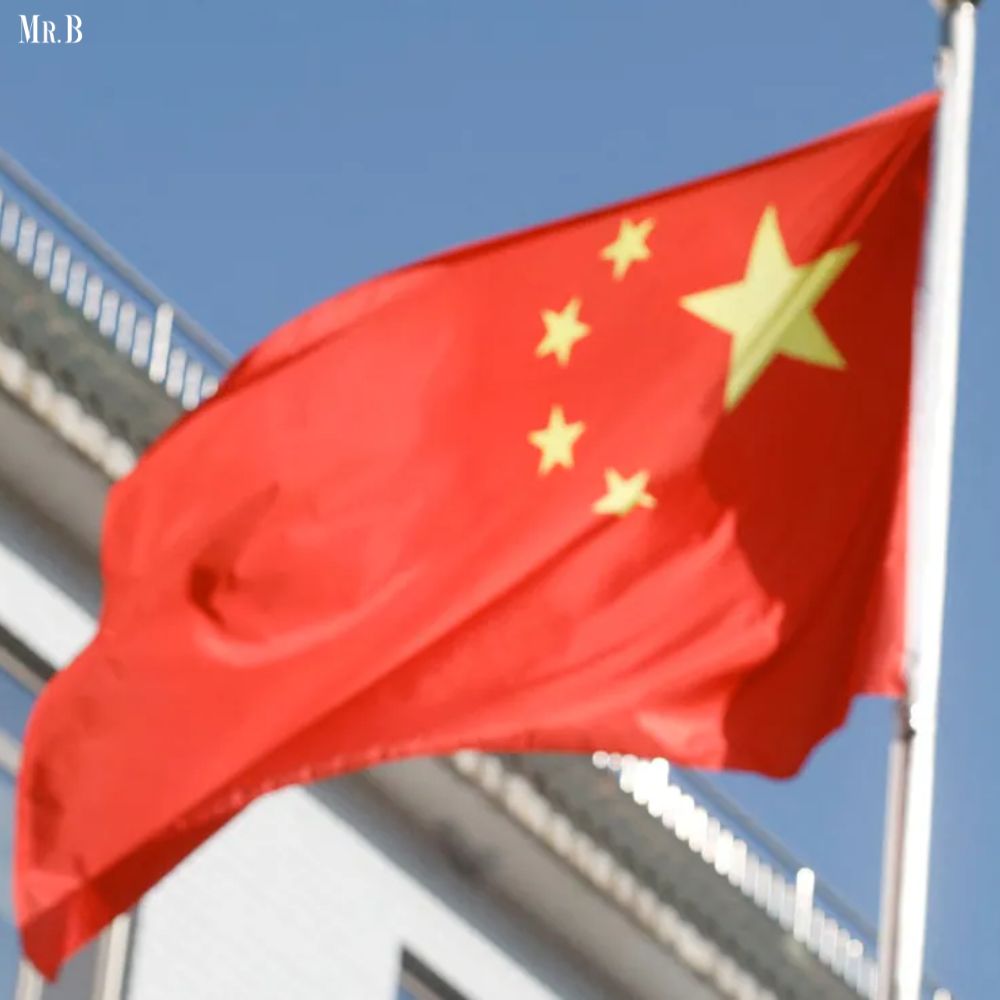In the world of financial markets, mastering the opening range strategy is crucial for traders seeking to capitalize on early market movements and identify potential trading opportunities. The opening range refers to the price range within which a financial asset trades during the initial period of a trading session, typically the first hour after the market opens. In this comprehensive guide, we’ll delve into the intricacies of the range strategy, exploring its definition, application, and significance in trading.
Understanding the Concept:
The opening range strategy is a popular trading technique used by traders to gauge market sentiment and identify potential trends or reversals early in the trading session. It involves analyzing the price action and volume dynamics within the range to make informed trading decisions. By observing how the price behaves within the range, traders can assess the strength of buying or selling pressure and anticipate subsequent price movements.
Key Components:
The strategy typically involves several key components, including:
1.Establishing the Opening Range:
Traders define the range by identifying the high and low prices reached by a financial asset during the initial period of the trading session, usually the first hour.
2.Monitoring Price Action:

Traders closely monitor the price action within the range, paying attention to factors such as breakouts, reversals, and volume spikes.
3.Identifying Trading Opportunities:
Based on their analysis of the opening range, traders look for trading opportunities, such as breakouts above or below the range, trend reversals, or continuation patterns.
4.Setting Entry and Exit Points:
Traders establish entry and exit points based on their assessment of the opening range dynamics, implementing stop-loss and take-profit orders to manage risk and maximize potential profits.
Benefits:
This range strategy offers several benefits to traders, including:
1.Early Market Insights:
By analyzing the price action and volume dynamics within the range, traders gain valuable insights into market sentiment and direction early in the trading session.
2.Enhanced Risk Management:
The range strategy allows traders to set clear entry and exit points, enabling them to manage risk effectively and minimize potential losses.
3.Improved Trade Timing:
By identifying trading opportunities within the opening range, traders can enter positions at optimal times, capturing early price movements and maximizing profit potential.

4.Adaptability Across Markets:
The range strategy can be applied to various financial markets, including stocks, forex, futures, and cryptocurrencies, making it a versatile tool for traders across different asset classes.
5.Scalability and Consistency:
With proper implementation and practice, the opening range strategy can be scaled to different timeframes and trading styles, allowing traders to achieve consistent results over time.
Understanding indicators and Signals of the Opening Range Strategy
The range strategy is a popular approach among traders, particularly in the realm of day trading, for identifying potential price movements during the initial trading session. This strategy involves analyzing price action within a defined time frame at the beginning of the trading day to determine key support and resistance levels. To enhance the effectiveness of the range strategy, traders often utilize various indicators and signals. Let’s explore some of the key indicators and signals used in this strategy:
1.Moving Averages:
Moving averages are commonly used indicators in the opening range strategy to identify trends and potential reversal points. Traders may look for crossovers between short-term and long-term moving averages to confirm the direction of the range breakout.
2.Volume Analysis:
Volume analysis is crucial in this range strategy to gauge the level of market participation and validate price movements. Traders may observe spikes in trading volume during the period, indicating increased buying or selling pressure.
3.Relative Strength Index (RSI):
The Relative Strength Index (RSI) is a momentum oscillator that measures the speed and change of price movements. Traders use the RSI indicator to identify overbought or oversold conditions within the range, which may signal potential reversals or continuation of trends.

4.Support and Resistance Levels:
Support and resistance levels play a vital role in the range strategy, serving as key reference points for identifying potential breakout or reversal zones. Traders may use previous day’s high and low, pivot points, or Fibonacci retracement levels to establish support and resistance areas.
FAQs:
Q. 1. What is the significance of the range in trading?
This range provides valuable insights into market sentiment and direction early in the trading session, helping traders identify potential trends or reversals and make informed trading decisions.
Q. 2. How do traders define the opening range?
Traders define the range by identifying the high and low prices reached by a financial asset during the initial period of the trading session, typically the first hour.
Q. 3. How do traders use this range to identify trading opportunities?
Traders use the range to identify trading opportunities such as breakouts above or below the range, trend reversals, or continuation patterns, based on their analysis of price action and volume dynamics.
Q. 4. What factors should traders consider when implementing the strategy?
Traders should consider factors such as market volatility, liquidity, and overall market conditions when implementing this range strategy to ensure its effectiveness and reliability.
Q. 5. Can this strategy be automated or programmed into trading algorithms?
Yes, the range strategy can be automated or programmed into trading algorithms using technical indicators, algorithms, or custom scripts to execute trades based on predefined criteria and parameters. However, traders should conduct thorough testing and optimization to ensure the strategy’s effectiveness and performance in real-world trading conditions.
Conclusion:
The opening range strategy is a powerful tool for traders seeking to gain early market insights, manage risk effectively, and capitalize on trading opportunities. By understanding its key components, benefits, and application, traders can incorporate the range strategy into their trading arsenal and enhance their overall trading performance and profitability. With proper implementation and practice, the range strategy can provide traders with a competitive edge in today’s dynamic and fast-paced financial markets.








